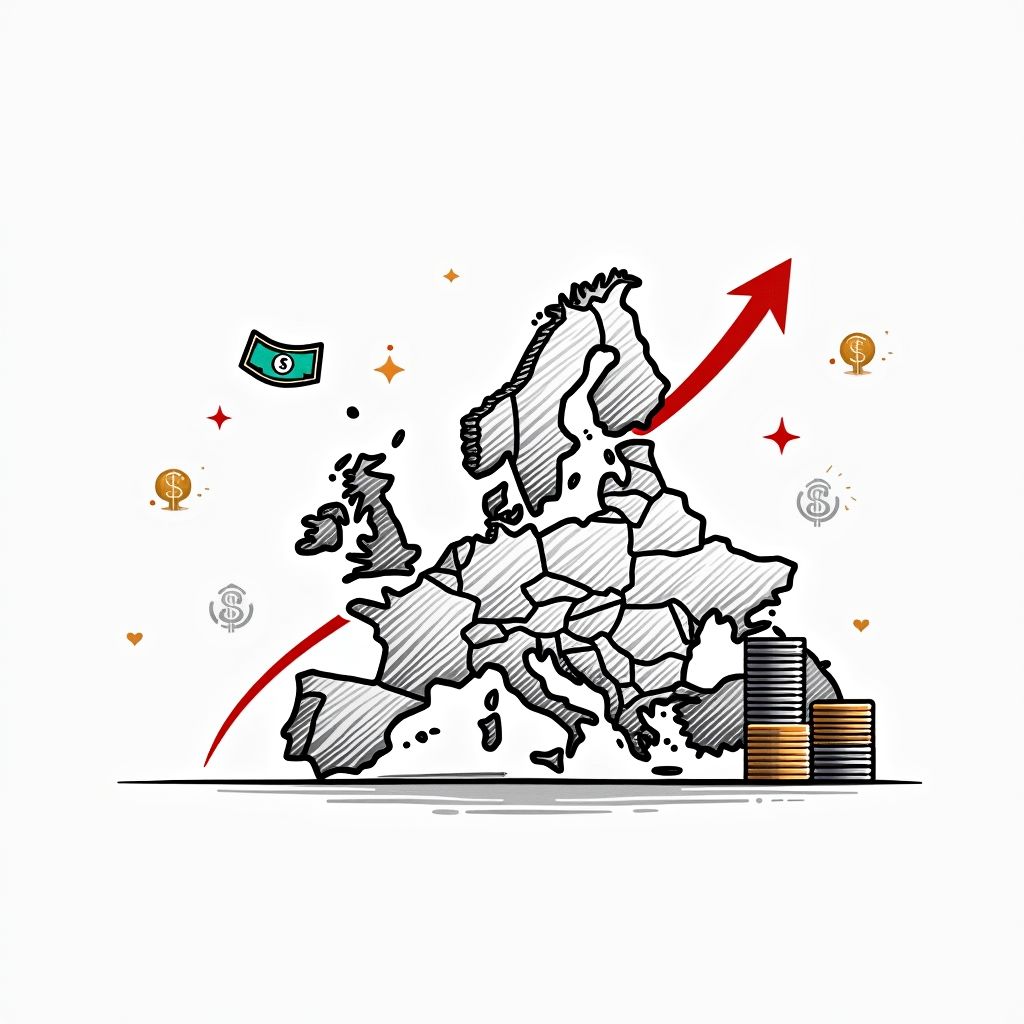EU Economy Surpasses Growth Expectations in 2025

Brussels, Monday, 17 November 2025.
The European Union’s economy outperformed its growth forecasts in 2025, driven by increased exports and strong investments, potentially reshaping global market dynamics and investor confidence.
Drivers of Economic Growth
The Autumn 2025 Economic Forecast by the European Commission reveals that the EU’s economy experienced robust growth in the first nine months of 2025, surpassing earlier projections made in spring. This growth was primarily fueled by a significant increase in exports, which were strategically frontloaded in anticipation of potential tariffs. Additionally, stronger-than-expected investments, particularly in equipment and intangible assets, further boosted economic performance [1].
Impact of Trade Policies
The EU’s economic forecast has been shaped by the global trade environment, characterized by high tariff levels imposed by the United States, which are at their highest in nearly a century. Despite these challenges, the EU has maintained a relative advantage due to lower trade-weighted average tariff rates on exports to the US compared to other major global players. The Joint Statement on a US-EU framework, issued in August 2025, set a headline tariff rate of 15%, which still allows for some exemptions and carveouts [1].
Investment and Consumption Trends
Private consumption is projected to support steady growth with an annual rate of 1.5% from 2025 to 2027, aided by a gradual decline in the saving rate to 14.4% by 2027. Investment is anticipated to surge particularly in 2026, driven by the German fiscal impulse and increased deployment of RRF funds. Moreover, the EU’s efforts to revise national Recovery and Resilience Plans aim to facilitate the deployment of remaining funds by the 31 August 2026 deadline [1].
Future Economic Projections
The EU’s real GDP is forecast to grow by 1.4% in both 2025 and 2026, with a slight increase to 1.5% in 2027. Meanwhile, the euro area’s growth is expected to broadly mirror this trend, showing a growth rate of 1.3% in 2025, 1.2% in 2026, and 1.4% in 2027. Inflation is projected to continue its decline, reaching 2.1% in the euro area in 2025 and hovering around 2% in the subsequent years. This positive economic outlook may influence global market dynamics and bolster investor confidence as the EU demonstrates resilience in navigating economic shocks and trade challenges [1].